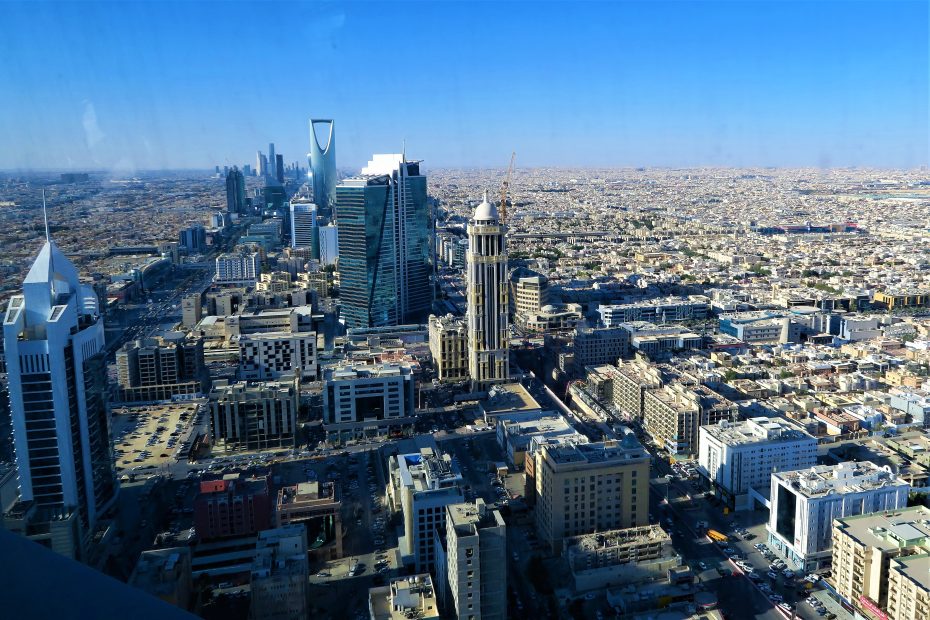Table of Contents
Introduction to Farasan Islands
Nestled in the Red Sea off the southern coast of Saudi Arabia lie the stunning Farasan Islands, a breathtaking archipelago with pristine beaches, exotic marine life, and incredible natural landscapes. If you’re looking for an off-the-beaten-path destination filled with outdoor adventures, amazing locally-caught seafood, and rich biodiversity, the Farasan Islands should be at the top of your bucket list!
Location and geography
The Farasan Islands consist of over 84 islands, islets, and rocks located about 40 km off the coast of Jizan in southwestern Saudi Arabia. The largest islands are Farasan al Kabir, Sajid, and Zifaf. The islands span over 400 square km in total area. The landscape consists of coral reefs, mangrove forests, sandy beaches, and jagged mountains reaching up to 2,500 feet high.
Climate and best time to visit
The Farasan Islands have a hot desert climate year-round. The best time to visit is November through April, when temperatures are milder and rainfall is lower. During the summer months of May to October, temperatures can soar above 40°C (104°F).
Getting to Farasan Islands
To reach the Farasan Islands, you’ll first need to fly into Jizan (GIZ) airport on the Saudi mainland, which has regular flights from major cities like Jeddah, Riyadh and Dubai. From Jizan, you can take a 1.5 hour car ride followed by a short 15-20 minute boat ride to reach the main island of Farasan al Kabir. Some accommodations and tour operators also offer boat shuttles from Jizan. A visa is required for international travelers visiting Saudi Arabia.
Top attractions and activities
Beaches
The Farasan Islands are famous for over 100 kilometers of stunning white sand beaches along its coastline. The soft sand and turquoise waters make it ideal for sunbathing, swimming, and long seaside strolls. Some of the best beaches include Muraykh Island, Al Qamah beach, and Khuraybah beach.
Diving and snorkeling
Under the crystal clear waters lies an incredible diversity of marine life just waiting to be discovered. The Red Sea reefs here are filled with colorful corals and exotic fish like parrotfish, angelfish, and even manta rays and sea turtles. Both scuba diving and snorkeling are popular activities.
Wildlife spotting
On land, you can spot wild gazelles, foxes, birds and reptiles unique to the islands. For birdwatchers, keep an eye out for ospreys, gulls, herons and more. You may even spot the rare Farasan gazelle. Early morning and dusk are the best times for wildlife viewing.
Hiking and outdoor adventures
With mountains, valleys and forests, the landscape is perfect for hiking, mountain biking, rock climbing or simply exploring on foot. Some key sites include the Umm Sab’ah freshwater springs and Wadi Matar canyon. You can also kayak, camp and enjoy bonfires under the starry Arabian nights.
Historical and cultural sites
At various archaeological sites, you can discover remnants of ancient civilizations dating back thousands of years. Key historical attractions include Khuraibah village with its Ottoman-era ruins, the Al-Qassar village museum, and Al-Quwayd grotto.
Accommodation options
There are a variety of hotels, resorts, furnished apartments, villas and eco-lodges across the Farasan Islands to choose from. Most accommodation options are located on Farasan al Kabir island. Options range from budget to luxury. Advanced booking is recommended during peak seasons.
Food and dining
Seafood is a highlight of Farasan cuisine, with fresh catches like tuna, hamour, shrimp, lobster and more ending up on dinner plates. Traditional Saudi staples like kabsa, mandi and shawarma are also ubiquitous. For cheap eats, try the shawarma joints, while upscale resorts house fancier international restaurants.
Shopping
In Farasan town, check out the local souq for handicrafts, antiques, incense and spices. You can also buy dried fish and shellfish caught in the islands to bring home. For modern conveniences, there are supermarkets and malls on the main island.
Safety tips
While very safe, it’s best to travel with a guide or go on an organized tour for the first time. Respect local cultural norms. Avoid risky activities like wandering alone or trekking without a guide. Check weather alerts and only swim where allowed. Respect wildlife from a distance.
Budgeting and costs
A trip to Farasan can cost anywhere from 600 to 3000 SAR ($160-$800 USD) per day per person excluding airfare. Budget options include guesthouses, simple hotels and self-catering. Luxury resorts and activities like diving tend to cost more. Transportation and tours also add to costs.
Traveling responsibly and minimizing impact
When visiting Farasan, tread lightly and avoid damaging coral reefs, disrupting wildlife or littering. Support eco-friendly accommodations. Hire local guides and purchase from community enterprises. Learn about Farasan culture and history before visiting. Avoid peak seasons and crowded sites when possible. Together we can ensure the islands retain their splendor.
Conclusion
For nature lovers, culture buffs, or those seeking adventure, Farasan offers an unforgettable escape. With its desert climate, abundant marine life, and amazing natural scenery, the Farasan archipelago promises beautiful vistas and unique experiences you won’t find elsewhere in Saudi Arabia. So pack your bags and get ready to make some magical memories on these dazzling islands!
FAQs
Q: Do I need a visa to visit Farasan Islands?
A: Yes, visitors must obtain a visa to enter Saudi Arabia, including expat residents of neighboring Gulf countries. Check visa requirements.
Q: How do I get around the islands?
A: You can rent a car, hire a taxi, join tours or use boats for inter-island transport. Getting your own boat permit takes time so not ideal for short trips.
Q: What is the best time of year to visit?
A: The cooler months between November-April. Summers are very hot and humid.
Q: What is there to do at night?
A: Limited nightlife. Some resort bars or shisha cafes stay open late. Outdoor moonlit activities possible.
Q: Are credit cards widely accepted?
A: Mostly yes in hotels and tours. But carry some cash for smaller shops, taxis and souqs. ATMs available.
